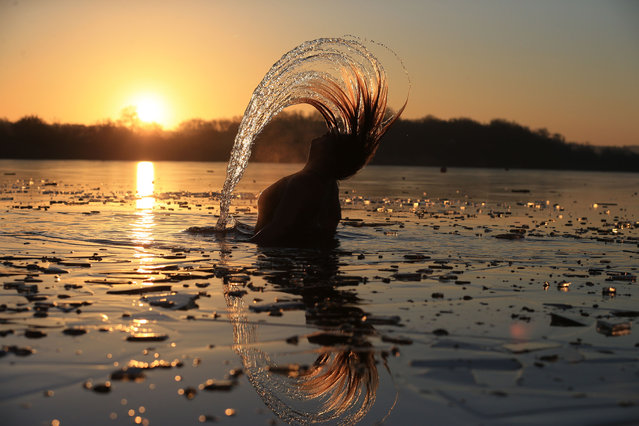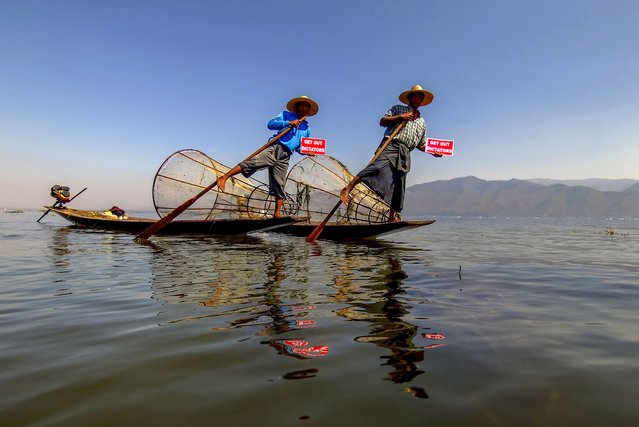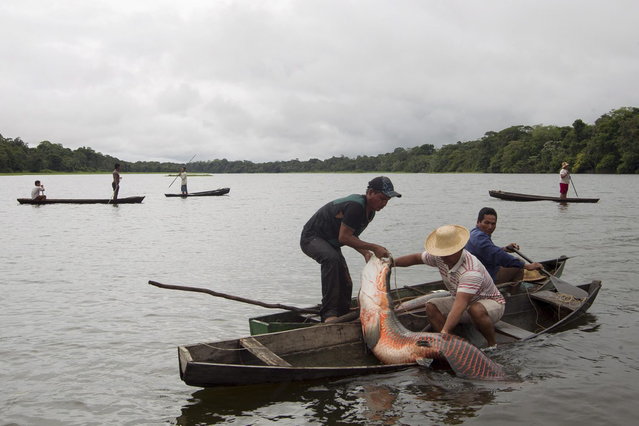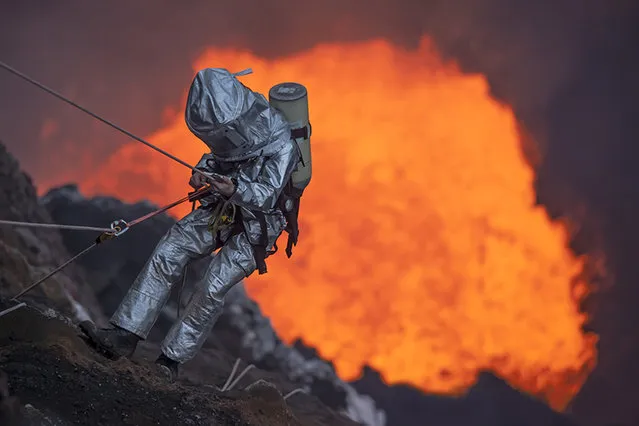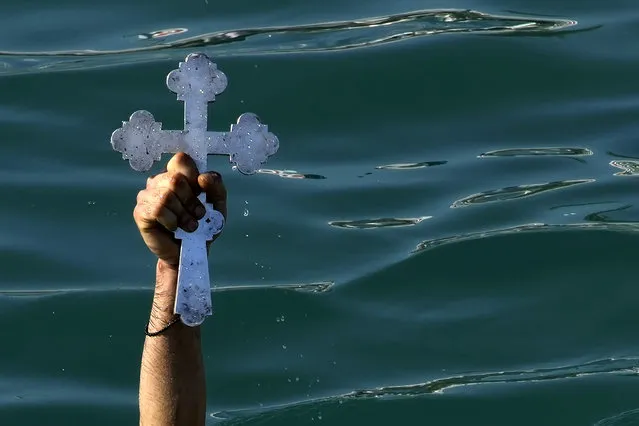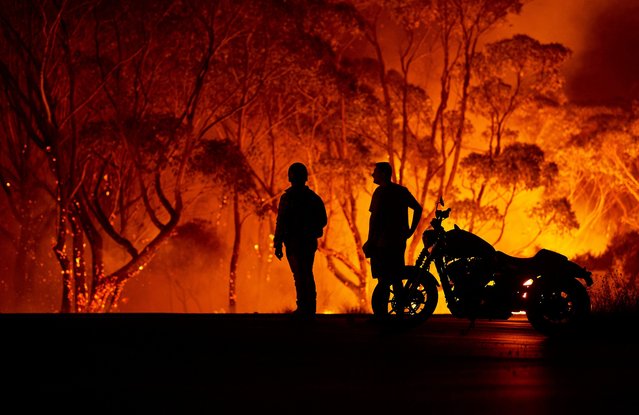
Residents look on as flames burn through bush on January 04, 2020 in Lake Tabourie, Australia. A state of emergency has been declared across NSW with dangerous fire conditions forecast for Saturday, as more than 140 bushfires continue to burn. There have been eight confirmed deaths in NSW since Monday 30 December. 1365 homes have been lost, while 3.6 million hectares have been burnt this fire season. (Photo by Brett Hemmings/Getty Images)
06 Jan 2020 00:03:00,post received
0 comments

